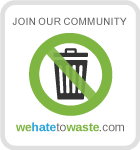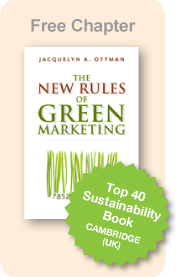Jacquie Ottman's
Green Marketing Blog
To Get the Last Drop, Consumers Look to New Innovative Gadgets
May 08, 2014 by Jacquelyn Ottman
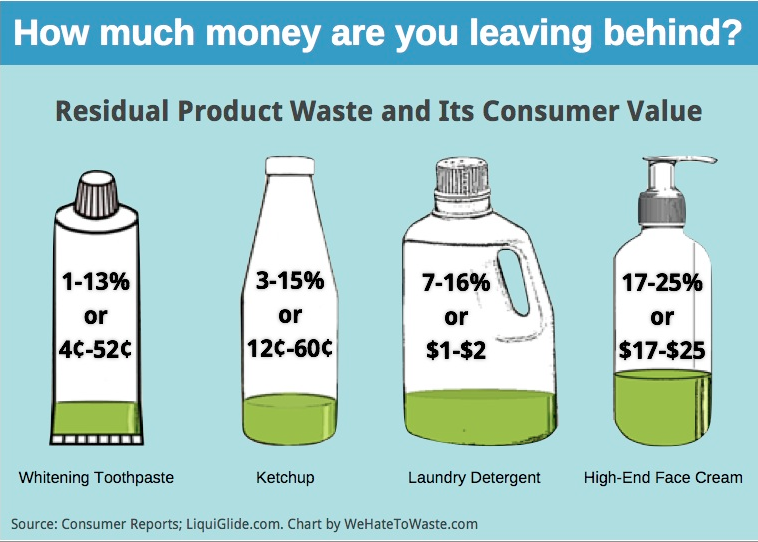
What’s your favorite way to get at that last dollop of the Crest? Do you flatten as you go? Slice the neck? What about the shampoo or conditioner? Do you add a little water and swirl? Prop the bottle upside down in a corner? You are not alone! As the Wall Street Journal has noted, an increasing number of consumers are shaking, rattling and rolling their packages in search of the last drop, ounce and morsel — and for good reason.
According to the scientific pounders and pummellers at Consumer Reports (See Image at the top) up to 25% of the LaPrairie and Lubriderm get left behind, as well as up to 16% of the Tide. (That’s a lot of mayo, people). Although practiced by a slightly obsessive group of consumers for ages, according to the Journal, this behavior ‘has accelerated since the recession across a wide swath of ages and incomes.’ Environmentally speaking, these drips and drops, like Tip O’Neill’s ‘billion here and billion there’, add up to ‘real money’ and real impact in the aggregate, when one takes into account not only the product and package, but also the transportation and resulting emissions.
Inventors, Start Your Engines
But not every consumer sees eradicating waste as a chance to experience the thrill of the hunt, even in the quest to ‘save the planet’. Many men and women will take their business elsewhere rather than spend precious time chasing after dollops. Indeed, as we are learning at WeHateToWaste.com, our online community of influential penny-pinchers and sustainability passionatas, all of this spells opportunity for brands, packaging suppliers, entrepreneurs and others who can help consumers get all of their money’s worth from the products they buy. With Booz & Co reporting that 50% of consumers are trying to stretch the usage of individual products and an upward trend noted since 2008, that opportunity is immense.
Got A Package That’s Hard To Mine For The Last Dollops?
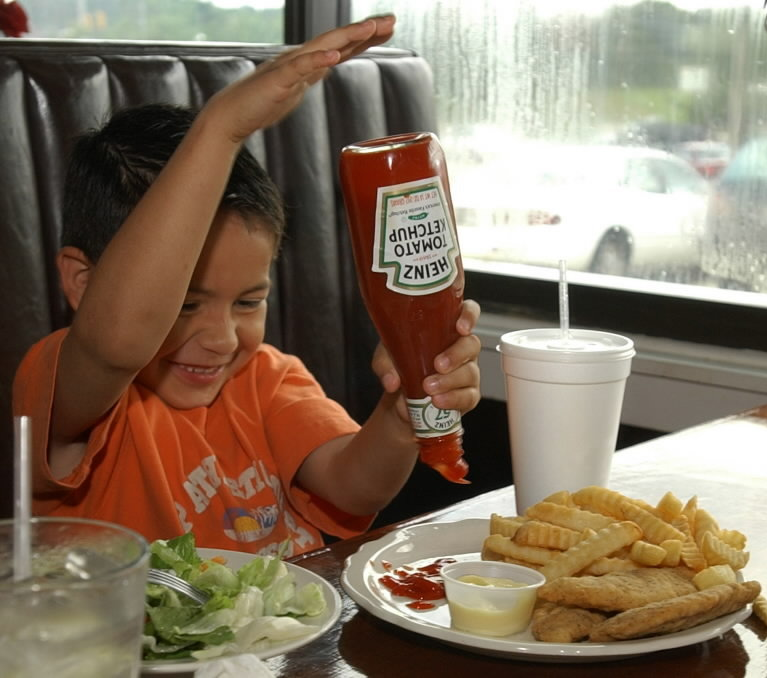
Oxo Good Grips markets a silicone spatula that is specially shaped to reach the bottom edges and under the rims of jars of all shapes and sizes. Clorox now equips its sprayer bottles of Windex and other cleaners with ‘Smart Tube Technology’ that evacuates up to 98% of product (versus 75% for conventional dip tubes) without the angling and other gymnastics. And a coating called LiquiGlide is reportedly getting ready to hit the shelves in 2015 lining packages of big name brands of toothpaste, mayo and paint.
My mailbox is becoming a magnet for gadgets designed to pick up where package design leaves off. Two of the most recent arrivals include The Spatty, a tiny spatula that helps women get at the last dabs of pricey creams and cosmetics. When consumers are struggling to retrieve the last ounce of Palmolive liquid to generate one more sinkful of suds, there’s My Botto, a colorful plastic stand that holds bottles upside down, letting gravity do the work.
How Much Anti-Perspirant Do You Throw Away?
What other opportunities lurk for ingenious solutions to get at those nagging bits of product left on the sides and bottoms of jars, bottles, tubs and tubes? I for one pridefully share my own strategy for getting at that last half inch of Secret that lies just out of reach. Is there an ingenious tinkerer out there who can solve this problem for consumers not willing to jerry-rig a solution like mine? Riches await. As being discussed energetically by the many waste watchers who frequent WeHateToWaste.com and other fora, other packages in need of a boost in evacuation include round salt boxes, and metal soup cans with the pull-top lids, even some mayo bottles may not be sufficiently squeezable to get the job done.
Hurry
Since launching WeHateToWaste in January 2013, we have brought together a community of consumers that delightedly pries, pulls, wraps, and rolls in order to get the last drop from everything they buy. Quick to grab a cloth shopping bag, switch off the lights, and ditch the disposable everything, they are leading the way to a new, ‘no-waste’ lifestyle (See The Newest Rule of Green Marketing: Help Consumers Live a ‘No-Waste’ Lifestyle) needed to help all consumers thrive in the resource-constrained years projected to come. As I pointed out on this website last month, they are inspired by waste prevention practices the world over (See Cultures Around the World Can Inspire No-Waste Lifestyles) to live leaner and comfortably.
If learning about mindful consumer strategies and more efficient ways of doing things intrigues you, please drop by WeHateToWaste.com, and join in on the many important conversations that are taking place 24/7. If you would like to learn more about partnering with us, check out our special presentation at SlideShare.
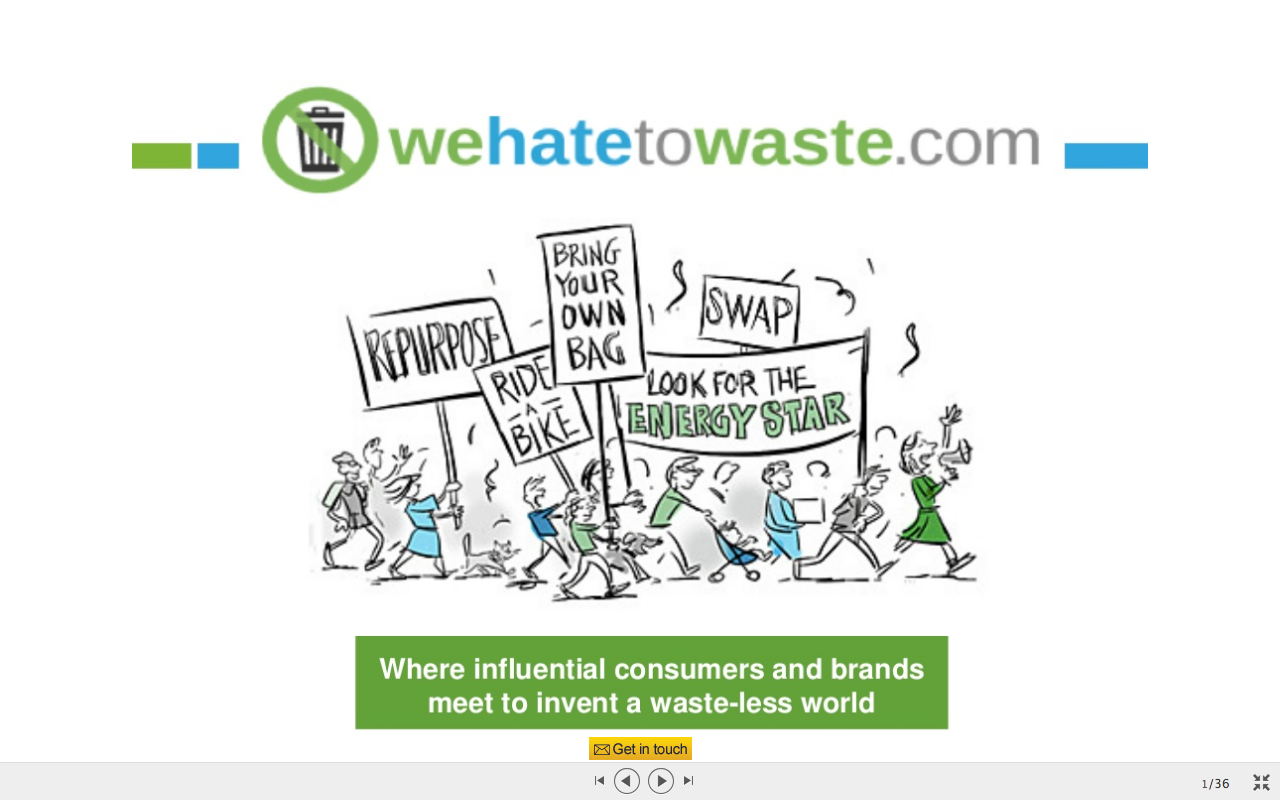
If you personally hate to see things go to waste and want to talk to me directly, pick up the phone right away. With 9.5 billion people expected by 2050, there’s not a moment to waste.
Originally published on SustainableBrands.com May 2014
Jacquelyn Ottman is founder and principal of J. Ottman Consulting, Inc. NYC-based experts on green marketing and eco-innovation. She is the author of The New Rules of Green Marketing: Strategies, Tools, and Inspiration for Sustainable Branding (Berrett-Koehler 2011). In 2013, her firm launched WeHateToWaste.com, an online global community of consumers looking to prevent household waste, conserve natural resources and get the most from the products they buy.
Recent Blog Posts
Cultures Around the World Can Inspire No-Waste Lifestyles
The Newest Rule of Green Marketing: Help Consumers Live a ‘No-Waste’ Lifestyle
Sustainable Innovation 2013: Key Lessons



 ShareThis
ShareThis
